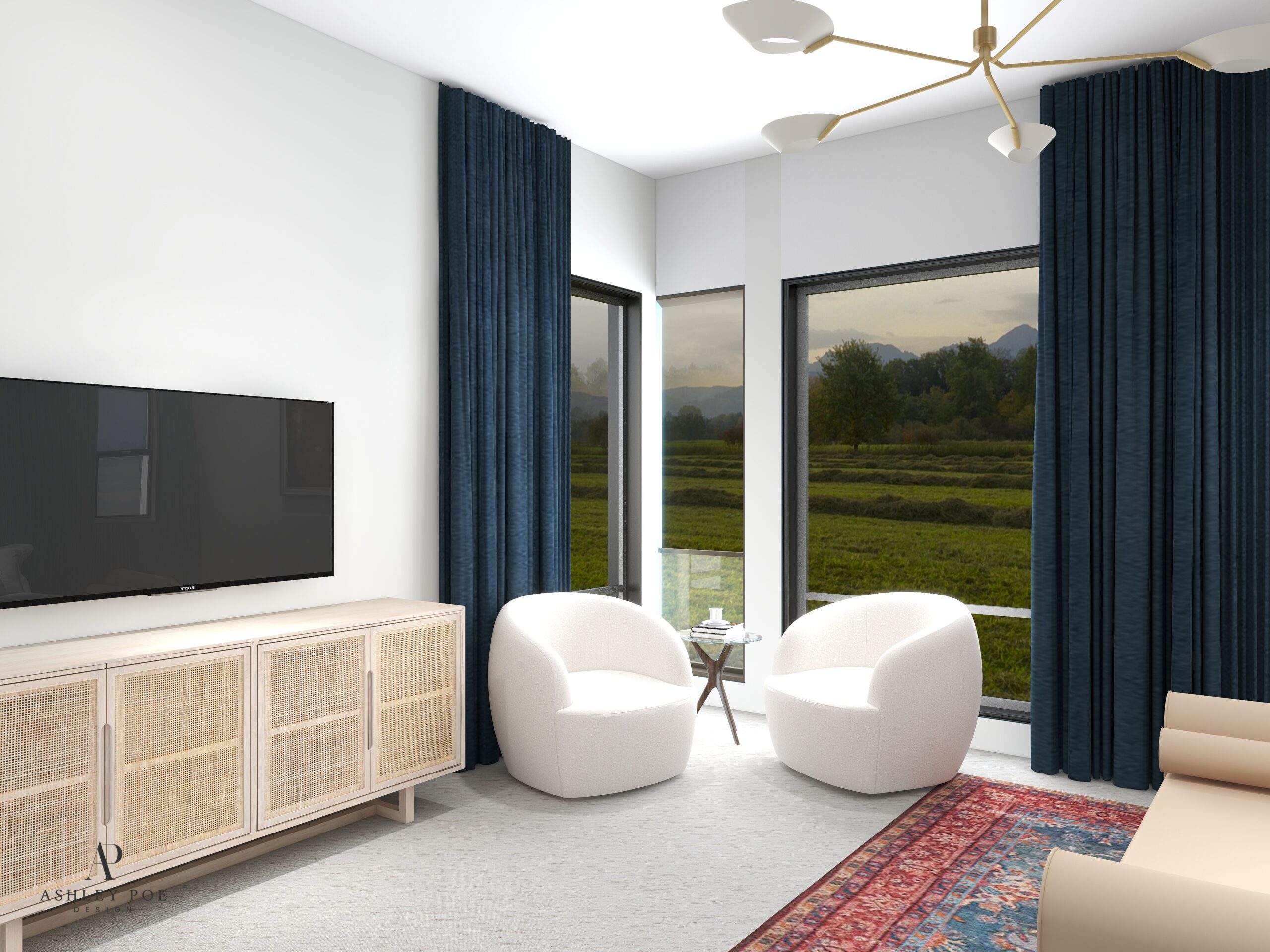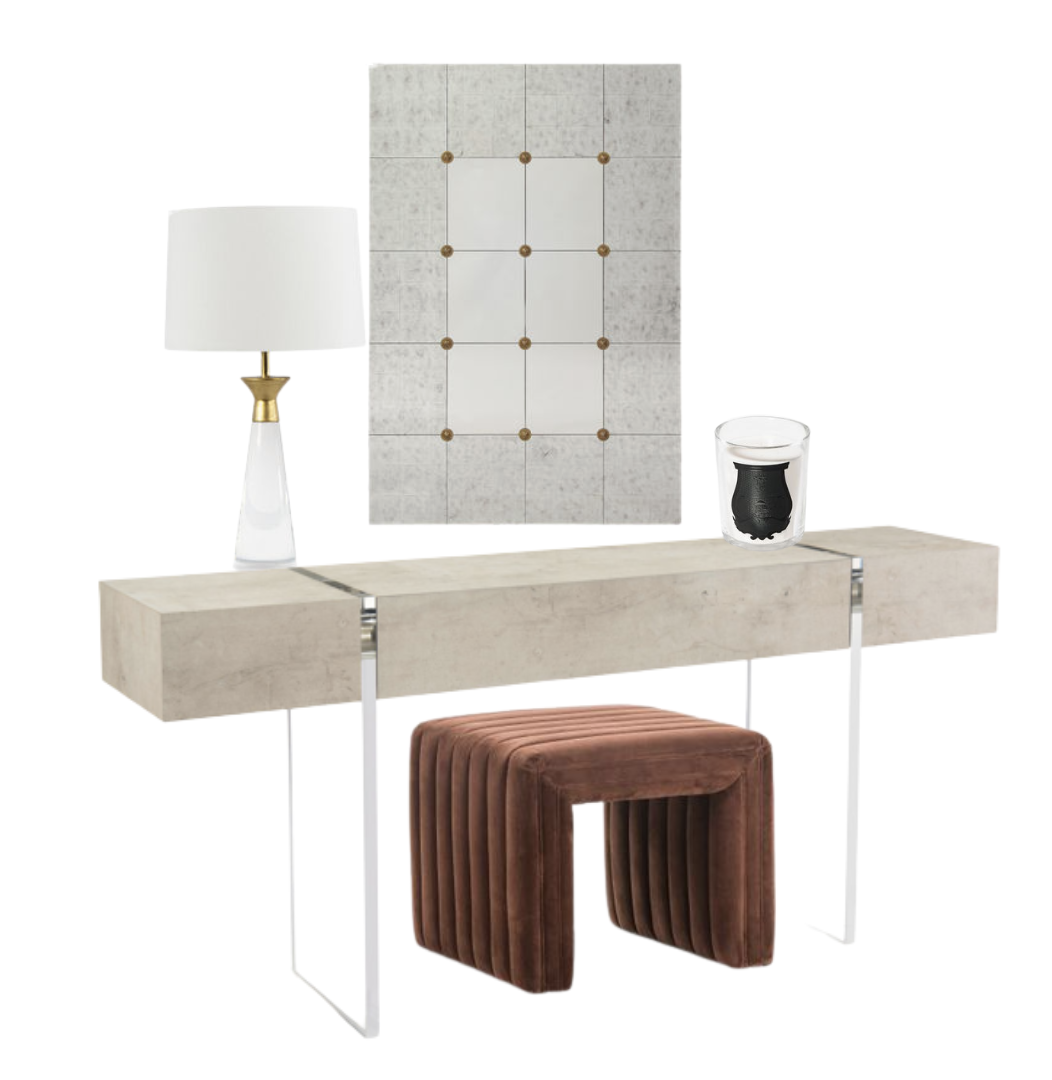Where to save versus where to splurge when it comes to building your home. This is a difficult question for homeowners to wrap their minds around. Almost no one is able to build or remodel a home, or even furnish one for that matter, with an absolutely unlimited budget, where everything they can imagine is financially attainable. The reality for most everyone is that there needs to be strong consideration given to expenditure limits and discretionary spending — both when building, remodeling, and/or furnishing a home.

So, the question is really to determine where — in all the choices available when it comes to building, renovating, or furnishing your home — it is best to splurge, and where a bit more restraint might be appropriate. The answer to this question is not exactly the same for every client we work with either and this is because some clients have hot button concerns, where the quality of a certain element is just really important to them. For example: an avid chef MUST HAVE high quality kitchen hardware. That family of 6? Yeah, high-performance fabric is priority number one. That fashion influencer with a closet that rivals Miranda Priestly NEEDS gorgeous lighting to properly compliment her threads.
But there are specific things we consider when helping a client where to splurge versus save. Because even with an endless budget, some things simply don’t require a splurge.
Instead, here are some factors to think about when deciding where to dream big versus where to spend more modestly.
01 | Spend on items that will increase your home’s value.
Choosing to spend on design aspects that increase the value of your home is always wise. This could include details such as higher ceilings, better-quality finish materials, automation features, radiant heating, ample storage space, and substantial built-in cabinetry.
Other nice-to-have features, such as radius drywall corners, or high-end air filtration and air exchange systems, will not necessarily result in a higher home value. Why? Because they are valued only by a subset of people who value those particular things. They are not universally sought by a broad range of homeowners. Splurge on home details that appeal broadly to most people, and that will positively affect your home’s value.
02 | Spend on items that have permanence.
For construction projects, one very sound approach is to splurge on areas of greater permanence that are costly to change, and be more moderate in areas where making changes is an easier undertaking. This would mean that you would spend the money to get high quality hardwood floors, but do not spend lavishly on a wall to wall bedroom carpet or on a million recessed lights. Why? Because there is a great deal of expense and labor involved with changing hardwood flooring if you were to decide to do it down the road. But wall to wall bedroom carpet can be changed much more easily, and at a fraction of the labor cost. The only place in your home that needs recessed lighting is your kitchen. The other rooms need ample decorative wall lighting and lamps. Another example would be to invest in high quality cabinets and stone countertops, and choose a lower cost backsplash tile (hi, subway tile). A backsplash can be changed out much more easily than ripping out cabinets or countertops.
03 | Spend on items that provide a return on investment.
If building or remodeling a house, consider investing in items and materials which have a good return on their investment. Unfortunately, this often means spending more money where it is not visible. Upgrading the insulation performance within your walls (higher R value), or investing in better quality windows will equate to savings in heating and cooling costs down the road. Installing radiant heated floors (in-floor heating) is not only a desirable feature for home buyers because of the comfort factor, it’s a very energy efficient means of heating a home. The cost of energy efficient features will save money over time, and therefore are a wise investment.
04 | Spend more on the items that get the greatest use.
When it comes to furnishings, we put more strain on some items than others. We always suggest investing well in high-traffic areas and in high-use items. In a typical family room, the sofa takes a lot of beating. The whole family, including the cat and dog, pummel the sofa daily. Even when very careful, sofas get beat up. But the tv cabinet or console table — they are rarely touched. So, investing in a high quality family room sofa is a no brainer.
We also always recommend splurging on a high quality area rug when possible (hand knotted and 100% wool preferably). The investment up front will ensure you don’t need to buy a replacement every year.
Then, for tables, bookcases, and storage furniture that only receive more occasional use (hence why they are called occasional pieces), we often choose items that are good looking, but lower priced. This is especially true in kids bedrooms and guest rooms.
We recommend spending where quality matters.
05 | Spend on items that make a statement, or are focal points.
Spend money on things you see everyday or that your guests will see (if you host often). This might include a beautiful fireplace surround in the great room, beautiful kitchen cabinets and countertops, or stunning window treatments in your living room or bedroom. On the other end of the spectrum — spaces that aren’t used daily, and aren’t in the most public spaces of the home — are better approached with economy in mind. Marble countertops aren’t needed in the laundry room. The children’s bathroom can serve them well with a simple coat of colorful paint. And closet systems are fantastic, but keep finish options simple in guest rooms to significantly reduce costs.
Another approach to this strategy equates to stunning jewelry layered on top of a simple black dress. Choose more moderately priced cabinetry, but add stunning cabinet hardware (drawer and door pulls). Find ways to “dress up” more economical choices. For example, we love to design with average priced bathroom sconces placed at eye-level versus mounted at the top of the mirror. The light is infinitely more flattering on your face but doesn’t break the bank on install costs.
The term “Value Engineering” is used often in interior design; it’s the process of removing excess costs from a design while still preserving a high aesthetic and maximum functionality. We do this often for our clients by saving in areas that aren’t as impactful, and investing in areas that make the most sense. This ensures our clients stay on budget while still allowing for wise investments in their home they will enjoy for years to come.
Are you starting a home construction or remodeling project? Contact me to help you make the most of your project!
Ready to tackle a design project but have no IDEA what to budget for furnishings? It’s the million-dollar question, especially when you don’t have a million-dollar budget!
Our Furniture Investment Workbook
FREE DOWNLOAD


+ Show / Hide Comments
Share to: